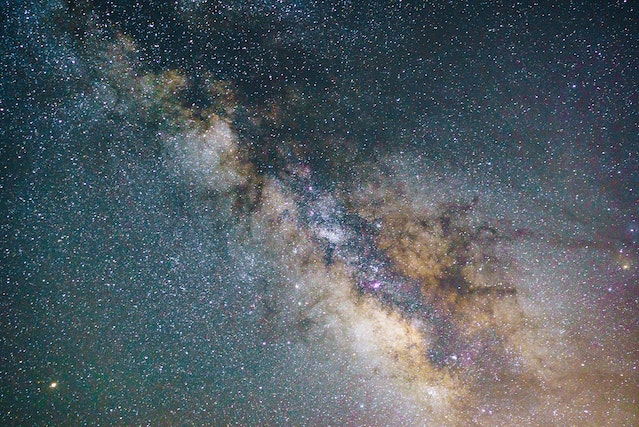Simply put, space debris is human-made objects that have been destroyed or that have no use in orbit around the Earth. These objects may have a scientific or commercial purpose, but they don’t belong in our planet’s orbit. Thankfully, there are ways to get rid of them. Listed below are some of the most popular and dangerous types of Space Junk. Read on to learn more! Also, see how to prevent them from hurting our planet.
Most of the debris that ends up in space is small and harmless, but it poses an environmental risk. Most fragments that have fragmented are made from liquid or gas remnants from the rockets. Some satellites have also been destroyed deliberately, likely by exploding batteries. As space debris continues to build up, collisions with other objects in orbit are expected to become the major source of new debris in the future. But, before that can happen, we must understand how space debris works.
The number of space junk is growing. There are more than two million objects in Earth’s orbit now. The European Space Agency estimates that Earth’s orbit is home to 23,000 objects larger than four inches and half a million objects that are 0.4 inches or smaller. As of 2015, the number of small pieces of debris is estimated to be over one hundred million. The numbers are much higher, though. The US Department of Defense keeps a highly accurate satellite catalog of objects in orbit, with nearly three billion small objects and only three thousand larger than a softball.
Some of the more interesting space junk proposals come from the sci-fi community. Some involve the use of magnets to sweep up space junk, lasers that destroy orbiting debris, and even nets to catch and ensnare test satellites. One such proposal, called RemoveDEBRIS, would divert a captured satellite into a re-entry orbit where it could burn up. In addition to using magnets, the method relies on a difference in potential between the debris and the satellite.
One estimate states that there are more than two-hundred million pieces of debris of various sizes in orbit. The majority of space debris is undetectable between one and ten centimeters in size. These debris consist of tools that have been lost during missions and defunct satellites. Aside from debris, Space Junk is also an important source of tiny particles. This phenomenon is one of the most common causes of space debris, but the full extent of its danger is unknown.
The earliest evidence of debris is the discovery of a five-millimeter hole in the robotic arm of the International Space Station. Luckily, the damage caused by these specks is minimal compared to that of bullets, but the potential damage varies. The more fragments that fall to Earth, the greater the risk. Nevertheless, the best way to avoid space debris is to de-orbit in the South Pacific Ocean Uninhabited Area, otherwise known as the spacecraft cemetery.
